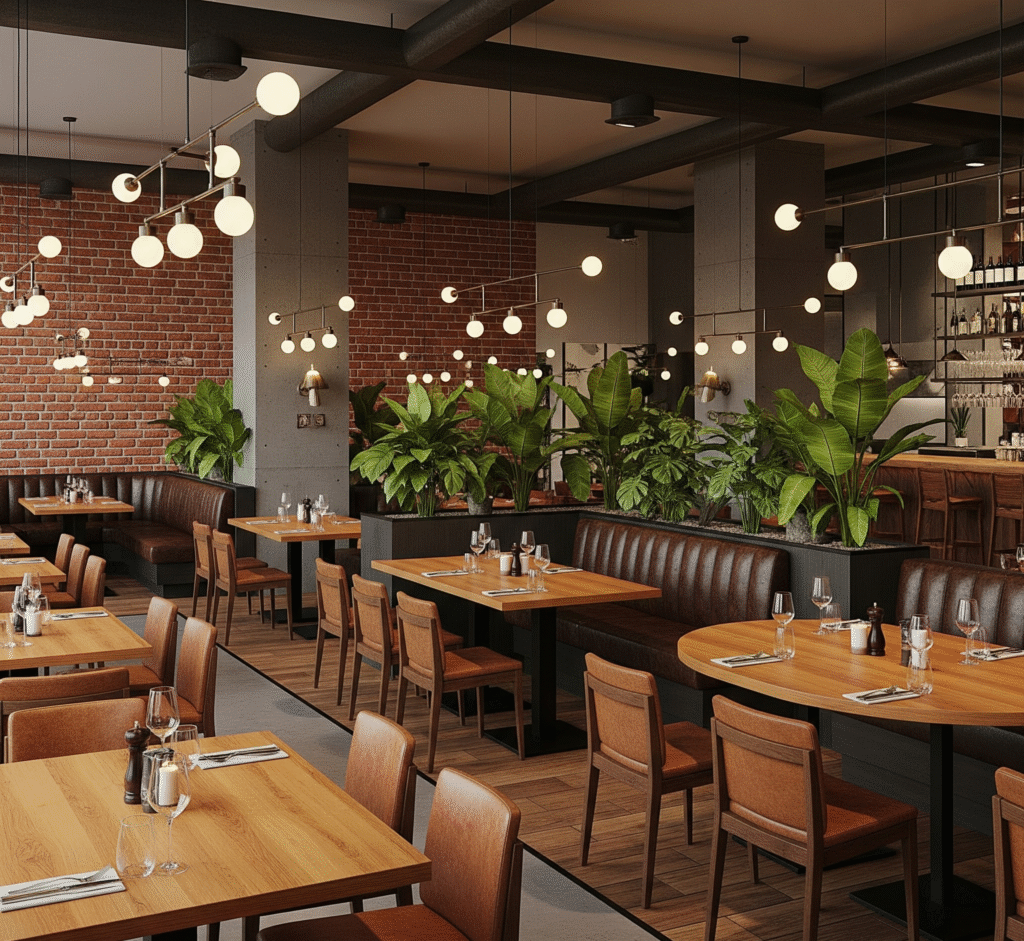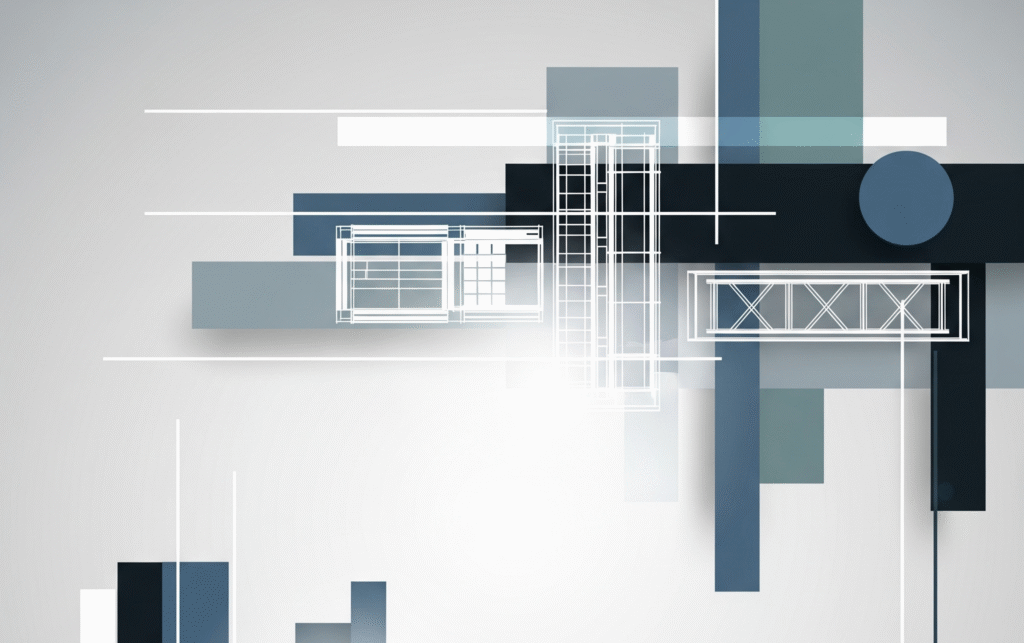In Germany’s vibrant and competitive gastronomy scene, a fantastic menu is only the beginning. The crucial element that turns a one-time visitor into a loyal customer is the “Ambiente”—the atmosphere. Therefore, creating an unforgettable dining experience is the core of successful German restaurant design. This is where 3D visualization becomes the most powerful tool for restaurateurs, allowing them to perfect their vision before welcoming the first guest.

The German Sensibility: Blending “Gemütlichkeit” with Modernism
German design is often characterized by its efficiency, quality materials, and clean aesthetics. In restaurants, this translates to spaces that are both functional and inviting. There is a deep appreciation for “Gemütlichkeit” (a feeling of warmth and coziness), but also a strong trend towards modern, minimalist, and industrial styles, especially in major cities like Berlin and Hamburg. The challenge is to find the perfect balance, and 3D visualization makes this possible.
Why 3D Visualization is the Key Ingredient for Success
For any restaurant owner in Germany, investing in design is a major decision. 3D visualization minimizes risks and maximizes potential.
1. Perfecting the “Gastraum” (Dining Area) Before Construction
The layout of your dining area directly impacts both customer comfort and staff efficiency—two things highly valued in Germany. With a 3D model, you can:
- Test different seating arrangements to maximize capacity without feeling crowded.
- Ensure optimal workflow for servers between the kitchen and tables.
- Visualize customer flow from the entrance to their seats.
2. Crafting the Perfect Atmosphere with Light and Materials
Lighting and materials define your restaurant’s character. For example, warm woods and soft lighting can create a traditional Bavarian “Stube” feel, while exposed concrete and steel might suit an industrial-chic bistro in Berlin. 3D visualization allows you to test these combinations under realistic day and night lighting conditions, ensuring the mood is perfect at all hours.
3. Pre-Opening Marketing and Investor Pitches
You don’t need to wait for opening day to start marketing. Photorealistic renders are powerful assets. Consequently, you can use them to create buzz on social media, build a beautiful website, and present a professional and compelling vision to investors long before the renovation is complete.
Current Trends in German Restaurant Interiors
Stay ahead of the competition by incorporating these popular trends into your design:
- Biophilic Design: Integrating natural elements like plants, wood, and stone to create a calming, organic feel.
- Industrial Aesthetics: Popular in urban centers, featuring exposed brick, raw materials, and metal accents.
- Minimalist Concepts: Focusing on simplicity, high-quality craftsmanship, and an uncluttered space.
- Local Sourcing: Using locally crafted furniture and materials to create an authentic, community-focused identity.
Whether you are planning a cozy café in Cologne, a fine-dining establishment in Munich, or a trendy bar in Hamburg, your success hinges on creating a unique and memorable experience. Expert German restaurant design, powered by precise 3D visualization, is the most effective way to turn your culinary concept into a celebrated destination.
Contact us to learn more about our photorealistic 3D visualization services for your project and to create the space of your dreams together.
